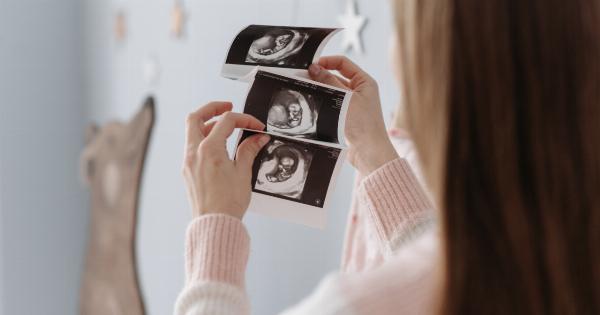Obstetric emergencies are critical situations that can occur during pregnancy, labor, or postpartum period. They require immediate medical intervention to ensure the safety and well-being of both the mother and the baby.
This crash course on obstetrics emergency from “Genesis” aims to provide a comprehensive overview of the most common obstetric emergencies, their symptoms, management, and prevention.
Hemorrhage
Hemorrhage is one of the leading causes of maternal mortality worldwide. It can occur during childbirth or in the postpartum period. Symptoms of excessive bleeding include heavy or prolonged vaginal bleeding, dizziness, and a rapid heart rate.
Prompt management includes uterine massage, administration of uterotonics, and, in severe cases, surgical intervention.
Hypertensive Disorders
Pregnancy-induced hypertension and preeclampsia are serious conditions that can lead to maternal and fetal complications. Symptoms may include high blood pressure, proteinuria, headaches, and visual disturbances.
Management involves close monitoring, antihypertensive medications, and, in severe cases, early delivery of the baby.
Shoulder Dystocia
Shoulder dystocia occurs when the baby’s shoulder gets stuck behind the mother’s pubic bone during delivery. It can be a life-threatening emergency for the baby, as it may cause injury to the brachial plexus nerves and oxygen deprivation.
Techniques such as the McRoberts maneuver and suprapubic pressure are used to resolve this obstetric emergency.
Umbilical Cord Prolapse
Umbilical cord prolapse happens when the cord slips through the cervix before the baby during labor. This condition can lead to cord compression, compromising the baby’s blood and oxygen supply.
Immediate steps, such as elevating the presenting part to relieve pressure, are taken to prevent further complications.
Placental Abruption
Placental abruption occurs when the placenta detaches from the uterine wall before delivery. It can result in heavy bleeding, abdominal pain, and fetal distress.
Prompt assessment and delivery are crucial to ensure the baby’s well-being and prevent maternal complications.
Fetal Distress
Fetal distress refers to any sign indicating that the baby is not receiving adequate oxygen. Abnormal fetal heart rate patterns, meconium-stained amniotic fluid, or decreased fetal movements may indicate fetal distress.
Prompt delivery or emergency cesarean section is necessary to prevent further harm to the baby.
Uterine Rupture
Uterine rupture is a rare but life-threatening obstetric emergency where the uterine wall tears, usually during labor. It can lead to severe bleeding, fetal distress, and maternal shock.
Immediate cesarean section and surgical interventions are required to address this emergency.
Amniotic Fluid Embolism
Amniotic fluid embolism is a rare yet potentially fatal condition where amniotic fluid enters the maternal bloodstream, triggering an allergic-like reaction.
It can cause severe respiratory distress, cardiovascular collapse, and disseminated intravascular coagulation. Emergency resuscitation and supportive care are critical in managing this condition.
Preterm Labor
Preterm labor refers to the onset of labor before 37 weeks of gestation. It can lead to complications for both the mother and the baby. Symptoms include regular contractions and cervical changes.
Management involves tocolytic medications to delay labor, administration of corticosteroids to enhance fetal lung maturity, and close monitoring of maternal and fetal well-being.
Postpartum Hemorrhage
Postpartum hemorrhage is excessive bleeding that occurs within 24 hours after childbirth. It can be caused by uterine atony, retained placental fragments, or genital tract trauma.
Immediate intervention, including uterine massage, administration of uterotonics, and surgical measures if necessary, is essential to prevent further complications.
Conclusion
Obstetric emergencies can occur suddenly and pose significant risks to both mother and baby. Rapid recognition, prompt management, and effective teamwork are critical to ensuring the best possible outcomes.
By familiarizing themselves with these common obstetric emergencies, healthcare providers can be better prepared to handle such situations and provide optimal care.





























